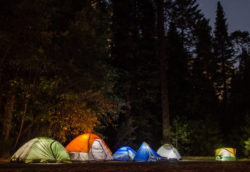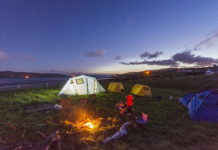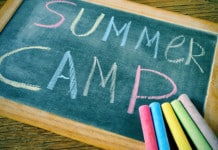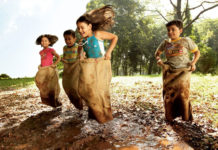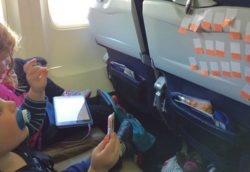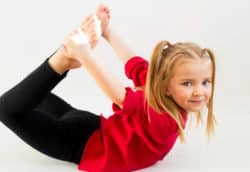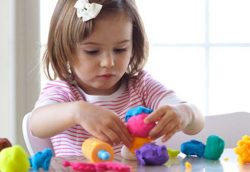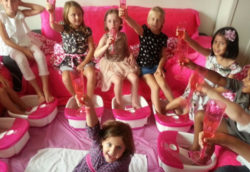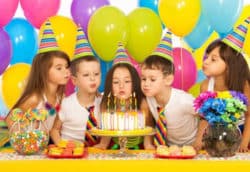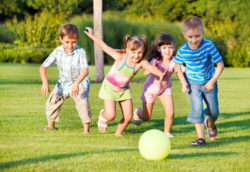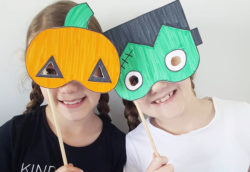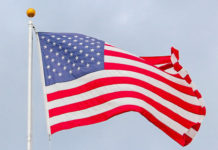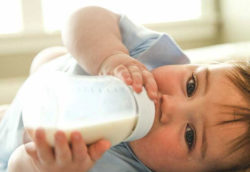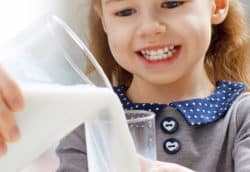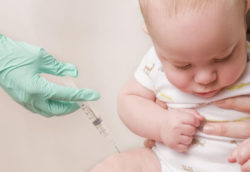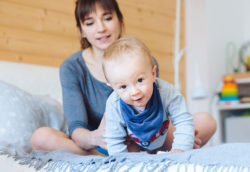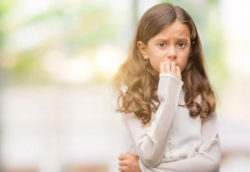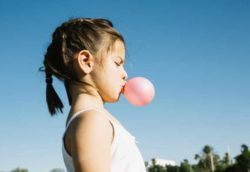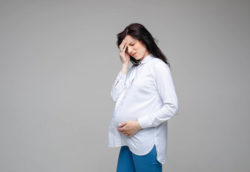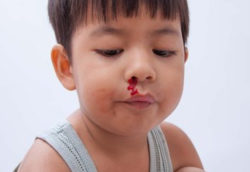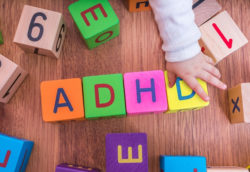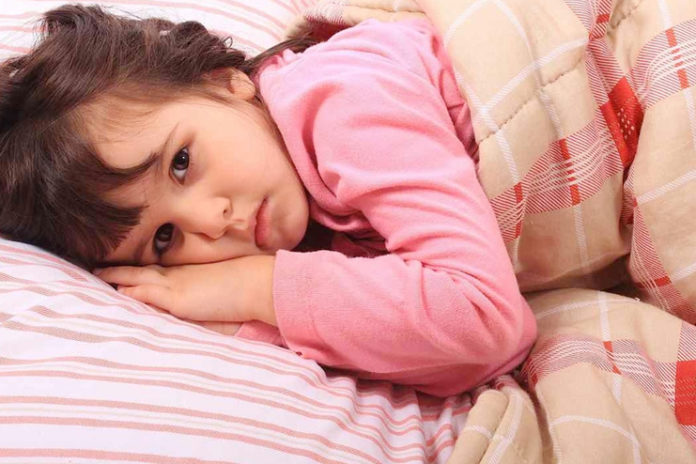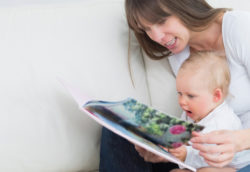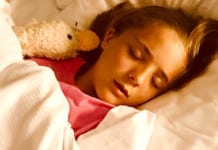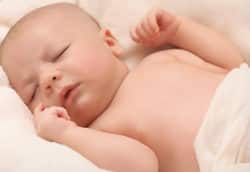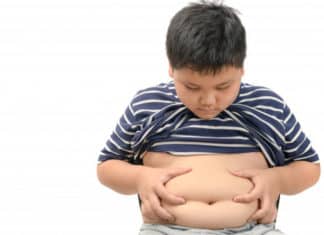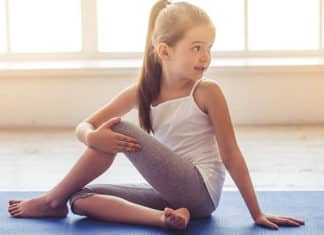Sleep problems are some of the most common problems, parents face with their kids. Children who have a lack of sleep or those who have restless sleep may lead to stress in the family. Behavioral problems are even seen with these child sleep disorders. Below is a list of few child sleep disorders.
Effects Of Lack Of Sleep Are:
- Accidents and injuries
- Behavior and mood problems
- Learning problems
- Difficulty in memory, and concentration
- Performance problems
- Overeating
- Slow reactions
Signs Of Child Sleep Disorders Are:
- Excess snores
- Breathing pauses during sleep
- Difficulty in falling asleep
- Difficulty in sleeping through the night
- Staying awake during the day problems
- Unexplained decrease in daytime performance
- Unusual events during sleep – sleepwalking or nightmares
- Bed wetting in children less than 6 years old
- Restless sleep
- Hyperactivity
- Sudden inability to move
Types Of Child Sleep Disorders
The different types of child sleep disorders are:
- Sleep Apnea
- REM sleep behavior disorder
- Periodic limb movement disorder
- Sleep paralysis
- Hypersomnia
- Enuresis (bed wetting)
- Insomnia
- Somniloquy
- Narcolepsy
- Somnambulism
- Nightmares/sleep terrors
- Delayed sleep phase syndrome
Obstructive sleep apnea (OSA) and narcolepsy, are physiological sleep disorders, whereas restless legs syndrome (RLS), is a behavioral sleep disorder.
1. Sleep Apnea / Obstructive Sleep Apnea

This child sleep disorder interferes with a child’s breathing during sleep. Symptoms include snoring, restlessness pauses in breathing, frequent awakenings, dry mouth and throat, daytime sleepiness, as well as early morning headaches.
This child sleep disorder is common and seen in children who have enlarged tonsils or adenoids. Those children, who have structural problems of the face or head, such as cleft lip and palate, even face this type of sleep disorder.
Sleep Apnea can also occur in children, who have neuromuscular disorders, such as muscular dystrophy, a condition where it weakens the breathing muscles.
Consequences of Sleep Apnea are:
- Failure to develop well
- nocturnal enuresis (bed wetting at night)
- attention-deficit disorder
- behavior problems
- poor academic performance
- cardiopulmonary disease
Treatment for sleep apnea may include, weight loss, managing allergic rhinitis, nasal steroids, antibiotics and removal of tonsils or adenoids. Sometimes, a nonsurgical treatment called the nasal continuous positive airway pressure(CPAP)(R), is used to keep the child’s airway open.
2. REM Sleep Behavior Disorder

This child sleep disorder falls into the category of Parasomnia and are further classified into rapid eye movement (REM) or non-rapid eye movement (non-REM).
During Rapid eye movement (REM) sleep behavior disorder, nightmares occur. Children, often get scared and will be able to remember his/her dream. They feel unable to move the body, head, or limbs during the period between sleep and wakefulness. In this child sleep disorder, they even tend to have hallucinations, when they wake up from sleep.
In non-rapid eye movement (non-REM), night terrors occur, generally, within the first four hours of sleep.
Symptoms Include:
- Talking
- Yelling
- Punching
- Kicking
- Sitting
- Jumping from bed
- Arms flailing and
- Grabbing while asleep
Consequences of REM are:
People affected with REM may have bruises, lacerations or fractures involving the individual or bed partner. Additionally, aggressiveness during daytime and intense dream activity may also occur.
3. Periodic Limb Movement Disorder

This child sleep disorder is also referred to as restless sleep. These disorders, depending on the neurological conditions, which cause sensations in the legs that are unpleasant, and will have an urge to move them. According to research, this sleep disorder is often linked to Attention-deficit/hyperactivity disorder(R).
People with this type of sleep disorder, experience poor sleep, and subsequent daytime drowsiness – particularly limp hands and feet. This sleep disorder may also be caused due to iron deficiency.
4. Sleep Paralysis

This sleep disorder occurs either just after waking up from sleep or before going into a deep sleep. For a certain time period, the brain receives delayed or limited responses. Later, the brain restores, and returns to its normal body functions, thus ending the paralysis period.
People who experience sleep paralysis will have a lack of energy, irritability, mood swings. As a result, will have stress and strain on the body.
Treatment for this child sleep disorder is children must follow fixed routines of rest, recreation and meals.
5. Hypersomnia

Children, with this type of sleep disorder, have excessive daytime sleepiness. A neurological condition, termed, narcolepsy can result in hypersomnia. Symptoms of this child disorder include frequent daytime dozing, a temporary loss of muscle control, and hallucinations that occur as a child falls asleep or wakes up.
Consequences of hypersomnia are:
- Chronic tiredness
- low energy
- feeling irritated
- trouble remembering
- loss of appetite
6. Enuresis (Bed Wetting)

This child sleep disorder, Enuresis is more commonly known as bed-wetting. It is a repeated inability to control urination. Studies show that children with sleep apnea, are at a higher risk for nocturnal enuresis (bed wetting) than children without sleep apnea. It is a very common sleep disorder in children. Sleep apnea in children may wet the bed, as they have restless sleep and a decreased arousal response. This, in turn, prevents them from awakening when their bladders are full.
Symptoms of this sleep disorder include urination in bed and the fullness of the bladder. They may have remorse, embarrassment, guilt, irritability behaviors even.
Treatment of this sleep disorder is to practice toilet training or restricting fluids after 6 PM.

